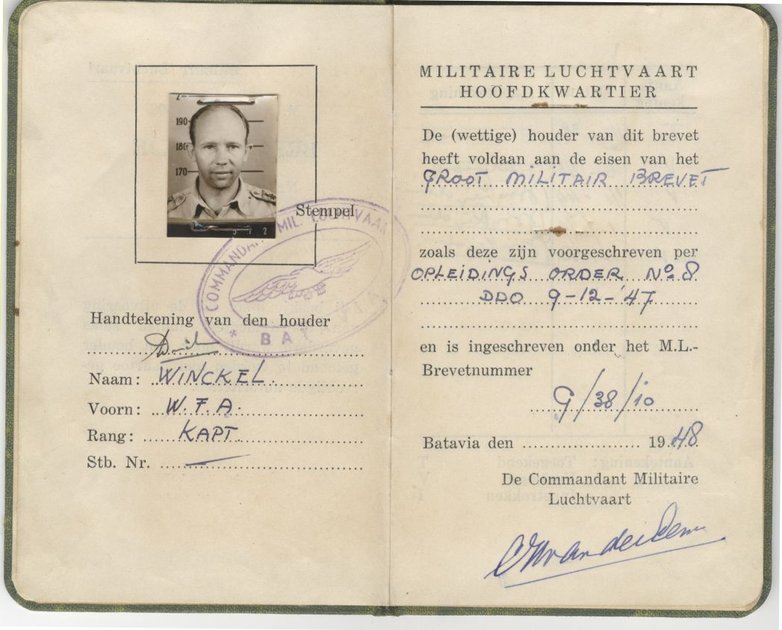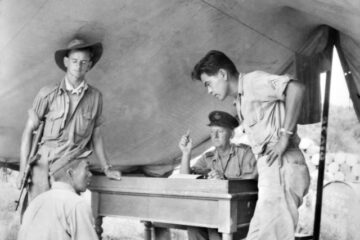Following the fall of Singapore in February 1942, Japanese forces advanced into the Netherlands East Indies (NEI), marking a significant turning point in World War II and signaling the decline of British colonial influence in the region. Aware that the Allies would use Australia as a base for launching military operations and supplying their war efforts, the Japanese conducted raids on Darwin, Broome, Exmouth, and Townsville. These attacks were strategic moves to disrupt Allied operations; there was no immediate intention to invade Australia.
In this context, the events in Sydney hold particular significance. On 28 May 1942, the Japanese submarine I-21 launched a floatplane that conducted reconnaissance over Sydney Harbour, identifying 13 Allied warships, including the Dutch submarine K IX. Subsequently, on the night of 31 May, three Japanese midget submarines—Midget No. 21 from I-22, Midget M24 from I-24, and Midget No. 14 from I-27—were deployed to infiltrate the harbor. Their primary target was the heavy cruiser USS Chicago, moored alongside the depot ship HMAS Kuttabul and K IX at Garden Island’s southeastern corner.
At approximately 11:25 pm, Midget M24 fired two torpedoes at USS Chicago. The torpedoes missed their intended target, passing beneath K IX and HMAS Kuttabul before one struck the breakwater to which Kuttabul was moored. The explosion resulted in the sinking of Kuttabul and the tragic loss of 21 naval personnel—19 from the Royal Australian Navy (RAN) and 2 from the Royal Navy. K IX sustained damage from the blast, including the destruction of storage battery jars, rendering her inoperative and necessitating extensive repairs. On 1 June, K IX was towed away from the wreckage of Kuttabul to facilitate these repairs. To maintain operational security, censorship directives prohibited the press from mentioning K IX, ensuring that details of any Royal Netherlands Navy (RNN) warships based in the Southwest Pacific Area remained undisclosed to the Japanese. The midget submarines No. 14 and 21 were destroyed within Sydney Harbour, while Midget M24 managed to exit the harbor but was lost; its wreckage was discovered near the Hawkesbury River’s mouth in 2007.
In the immediate aftermath, U.S. Vice Admiral Herbert Leary ordered intensified air and naval patrols to locate and neutralize any remaining enemy submarines off the Australian east coast. No. 18 (Netherlands East Indies) Squadron of the Royal Australian Air Force (RAAF), under the command of Major Fiedeldij, was tasked with these anti-submarine operations. On 4 June 1942, Lieutenant Gus Winckel, piloting a B-25 Mitchell bomber equipped with a Norden bombsight, reported an attack on a Japanese submarine off the coast of Moruya, New South Wales. The coordinates of the alleged sinking were recorded as 35°22′ South, 152°36′ East. Australian newspapers announced the successful engagement on 8 June 1942; however, the names of the Dutch aircrew were withheld to protect their families, who were either prisoners of war or internees. Despite these reports, post-war analyses indicate that all Japanese submarines involved in the Sydney Harbour raid were accounted for, with no records of a submarine sinking off the New South Wales coast during that period. Nonetheless, the incident was documented in official Dutch war histories and recounted by No. 18 Squadron members, including Marinus Bakker, Jan Van Arkell, and Gus Winckel, in interviews conducted by historian Dr. Jack Ford.

Lieutenant Winckel recalled being summoned to Parliament House in Canberra to brief Prime Minister John Curtin’s cabinet on the details of the submarine engagement. Subsequently, Australian diplomat Sir Earle Page conveyed the Curtin Government’s message of appreciation for this Dutch military success in Australian waters to Queen Wilhelmina on 11 June 1942.
These events underscore the collaborative efforts between Dutch and Australian forces during a critical period of the Pacific War, highlighting the strategic importance of Sydney Harbour and the resilience of Allied operations in the face of Japanese aggression.
See also:


